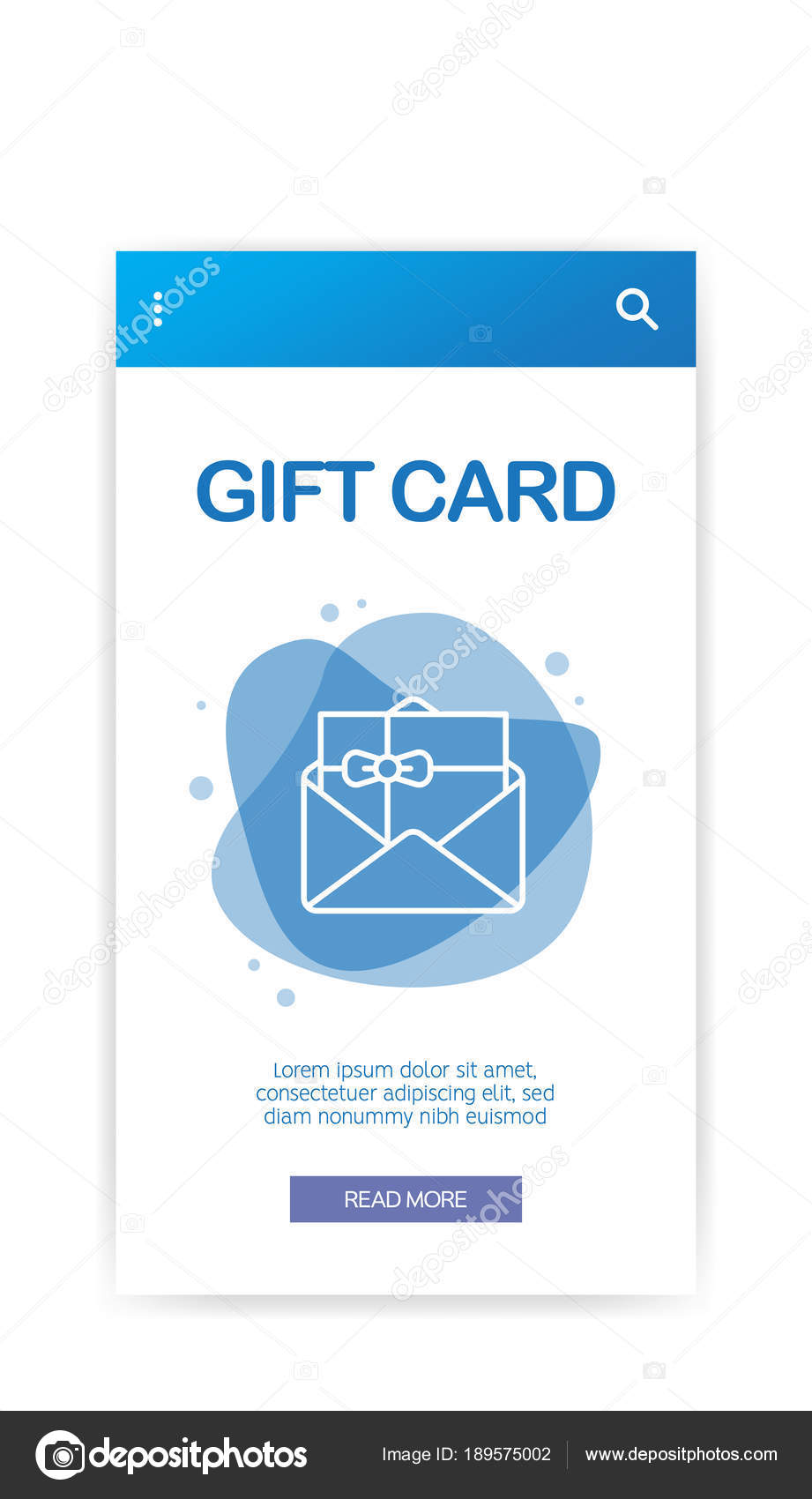Developed in the center East and Egypt on hardstone, copper wheel engraving endured as a craft in seventeenth century Bohemia and Dresden on glass. It was made use of for a range of purposes, consisting of portraying the imperial double-headed eagle (Reichsadlerhumpen) and allegorical motifs.
Engravers of this duration slowly deserted direct clearness in favour of crosshatched chiaroscuro effects. A few engravers, such as Schongauer and Mantegna, handled glass with a sculptural sensation.
Old Art
By the end of the 17th century, nonetheless, diamond-point inscription was being replaced by wheel engraving. Two notable engravers of this duration deserve reference: Schongauer, who increased the art of glass engraving to rival that of paint with jobs like Saint Anthony Tortured by Demons, and Mantegna, that shaded his drawings with short scribbled lines of differing size (fig. 4) to attain chiaroscuro results.
Various other Nuremberg engravers of this time included Paul Eder, who excelled in fragile and small landscapes, and Heinrich Schwanhardt, who engraved inscriptions of great calligraphic high quality. He and his kid Heinrich likewise developed the strategy of engraving glass with hydrofluoric acid to create an effect that resembled glass covered in ice. The engraved surface area might then be reduced and etched with a copper-wheel. This technique is employed on the rock-crystal ewer revealed below, which integrates deep cutting, copper-wheel engraving and sprucing up. Determining the etching on such pieces can be hard.
Venetian Glass
When Venice was a European power, Venetian glassmakers took the lead in lots of high value-added markets. Unlike textiles and style, glassmaking maintained a tradition of sophisticated strategies. It likewise carried seeds of the attractive magnificence symbolized in Islamic art.
However, Venetian glassmakers were not anxious to share these ideas with the rest of Europe. They maintained their craftsmen cloistered on the island of Murano so they would not be affected by new fads.
Despite the fact that demand for their product ups and downs as tastes transformed and competing glassmakers emerged, they never ever lost their appeal to well-off customers of the arts. It is therefore not a surprise that etched Venetian glass appears in many still life paints as a sign of luxury. Usually, a master gem cutter (diatretarius) would reduce and decorate a vessel originally cast or blown by one more glassworker (vitrearius). This was an expensive venture that required wonderful skill, patience, and time to create such detailed job.
Bohemian Glass
In the 16th century, Bohemian glassmakers adapted the Venetian dish to their own, developing a much thicker, clearer glass. This made it easier for gem-cutter to sculpt in the same way they sculpted rock crystal. In addition, they created a method of reducing that allowed them to make really comprehensive patterns in their glasses.
This was adhered to by the production of tinted glass-- blue with cobalt, red with copper and light eco-friendly with iron. This glass was preferred north of the Alps. Additionally, the slim barrel-shaped goblets (Krautstrunk) were additionally prominent.
Ludwig Moser opened up a engraved photo frame gift glass design workshop in 1857 and was successful at the Vienna International Event of 1873. He established a totally integrated manufacturing facility, supplying glass blowing, polishing and inscribing. Up until completion of World War II, his company dominated the market of personalized Bohemian crystal.
Modern Craft
Engraving is among the oldest hand-icraft techniques of attractive refinement for glass. It requires a high level of precision along with an artistic creative imagination to be effective. Engravers need to additionally have a sense of make-up in order to tastefully combine shiny and matte surface areas of the cut glass.
The art of engraving is still to life and growing. Modern techniques like laser inscription can attain a higher degree of information with a greater rate and precision. Laser technology is likewise able to generate designs that are much less at risk to cracking or splitting.
Inscription can be used for both commercial and attractive purposes. It's prominent for logo designs and trademarks, in addition to ornamental decorations for glassware. It's likewise a preferred way to add individual messages or a victor's name to trophies. It is very important to keep in mind that this is a dangerous task, so you must constantly use the suitable security tools like goggles and a respirator mask.
